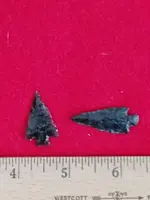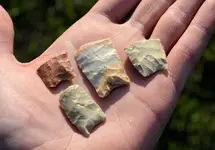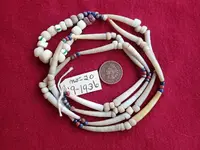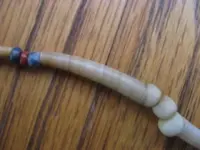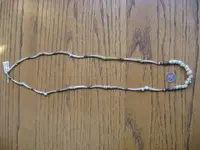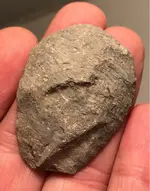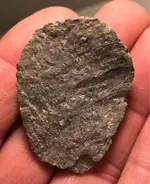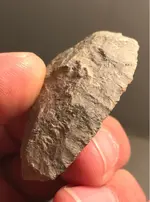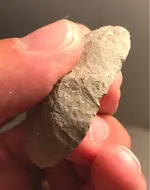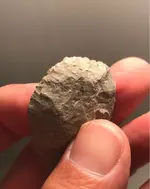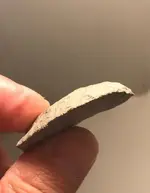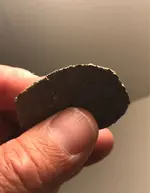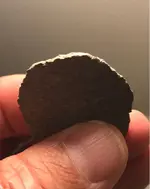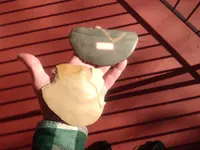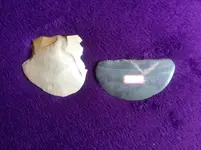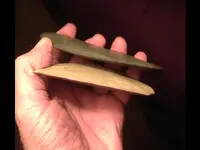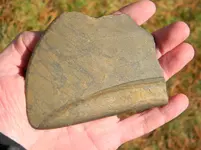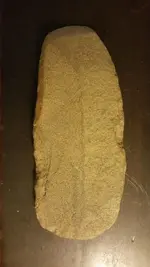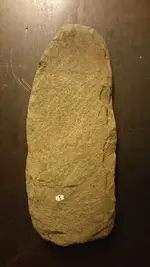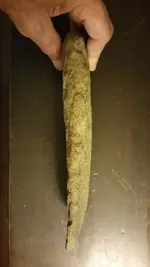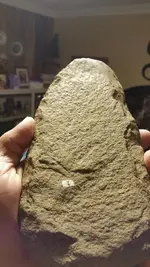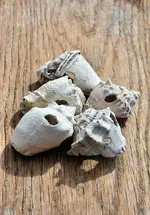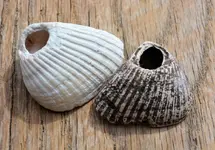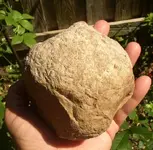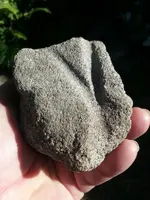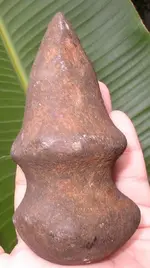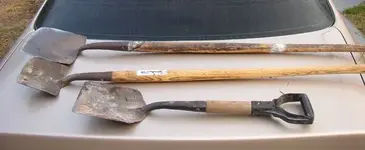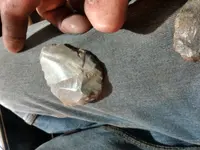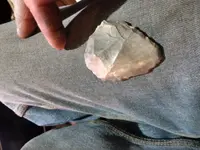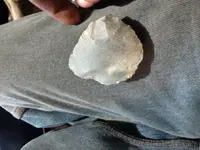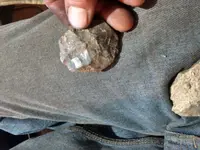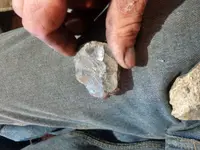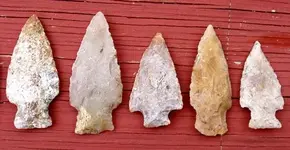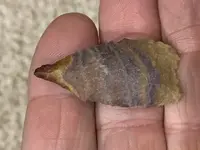Freemindedclark
Sr. Member
- Joined
- Sep 18, 2017
- Messages
- 373
- Reaction score
- 669
- Golden Thread
- 0
- Location
- Elliott Iowa
- Detector(s) used
- The Hubble telescope
- Primary Interest:
- Other
Pictures of artifacts please
I am starting this thread in the hopes that the members of this forum will flood it with pictures of all the various artifacts they have found and or collected over time. I figured this thread could provide novice hunters and collectors with a vast wealth from which to learn from and compare to.
I thank you all for helping further my education as well as others.
I am starting this thread in the hopes that the members of this forum will flood it with pictures of all the various artifacts they have found and or collected over time. I figured this thread could provide novice hunters and collectors with a vast wealth from which to learn from and compare to.
I thank you all for helping further my education as well as others.
Amazon Forum Fav 👍
Last edited:
Upvote
0




